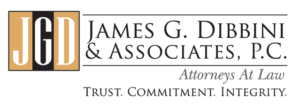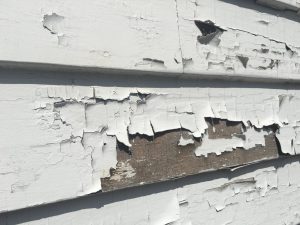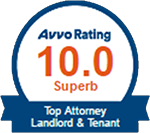Though the use of lead paint was banned in 1978, apartments throughout New York State continue to contain lead paint. Landlords especially should be aware of the dangers of lead paint, what they can do to avoid a lawsuit, and what to do if they are sued.
The Dangers of Lead Paint:
Lead paint is dangerous because it can cause lead poisoning, a serious disease caused by swallowing or breathing lead. Pregnant women and children under the age of six are the most at risk for lead poisoning. In the United States, one in every six children has toxic levels of lead in their bodies. Lead poisoning can lead to slow growth and development, damage to hearing and speech, and learning/attention issues. Most lead poisoning happens at home.
Lead paint claims can be expensive, with damages potentially reaching hundreds of thousands, if not millions, of dollars per claim. Additionally, tenants may withhold rent payments until the lead paint has been removed or covered, citing a decrease in services, and may eventually ask the Housing Court for a rent abatement.
The Law:
The law requires landlords to take special care to protect their tenants from lead poisoning.
Federal law requires landlords to disclose the presence of known lead paint to tenants, and provide an approved pamphlet about how to protect against lead exposure.
New York State requires landlords to maintain their property free from conditions endangering or detrimental to life, health or safety. However, New York State does not require Landlords to test for lead paint.
In New York City, according to Local Law 1 of 2004, Landlords are required to test for lead paint annually if the building was built before 1960, or a child under the age of six (6) lives in the apartment.
Prevention is key:
The best way to prevent a lead paint-based claim is to determine if lead is present in the apartment. If the apartment was built before 1978, have the apartment inspected by a licensed lead inspector.
The presence of lead paint does not, by itself, pose an immediate health risk. If lead paint is present, but not peeling, flaking or chipping, your expert may advise you to leave it alone. Pay close attention to walls, windows and door frames for signs of wear or chipping paint. These are areas where children are most likely to be exposed to lead in the home, and your expert may advise you to have the lead paint properly removed.
You should check your insurance coverage to ensure you have coverage for lead paint claims.
What to do if you are sued:
If you are named in a lawsuit involving alleged lead poisoning, you should contact both your insurance carrier and your attorney immediately. In the event that you have coverage under your insurance policy, you may be entitled to representation.
However, if your insurance company denies coverage for a lead poisoning claim or defense, contact our office immediately. Our experienced attorneys will guide you through the process of defending your case.
October 2016 Newsletter
James G. Dibbini & Associates, P.C., collectively, has over 20 years of civil litigation experience. If you want have any questions about legal issues regarding lead paint, give us a call at (914) 965-1011 or email us at jdibbini@dibbinilaw.com to schedule a consultation








